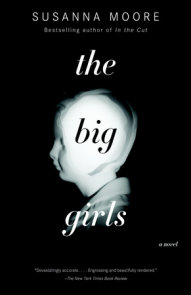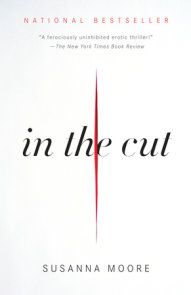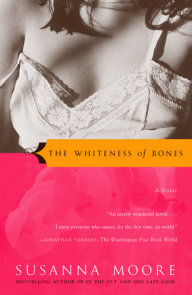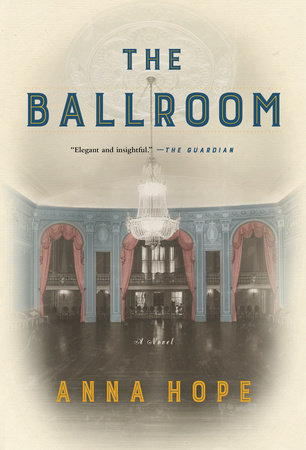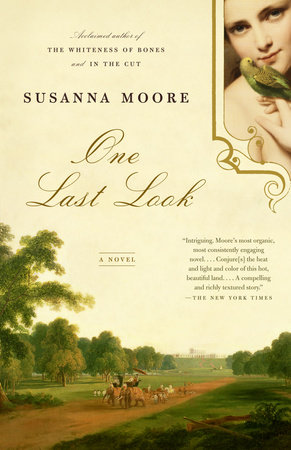

One Last Look
By Susanna Moore
By Susanna Moore
By Susanna Moore
By Susanna Moore
Part of Vintage Contemporaries
Part of Vintage Contemporaries
Category: Historical Fiction | Literary Fiction
Category: Historical Fiction | Literary Fiction

-
$22.00
Oct 12, 2004 | ISBN 9781400075416
-
Jul 04, 2012 | ISBN 9780307826596
YOU MAY ALSO LIKE
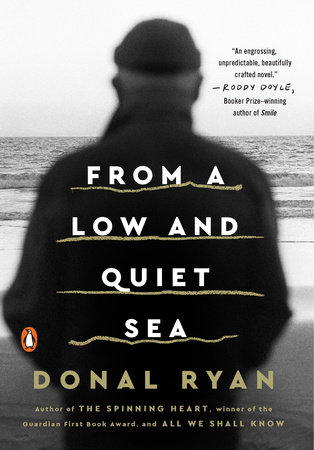
From a Low and Quiet Sea
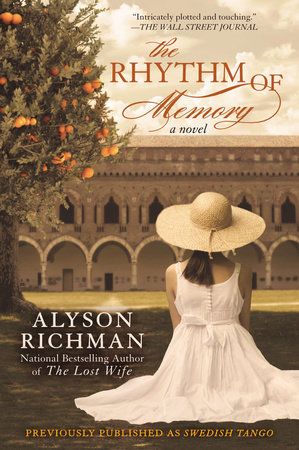
The Rhythm of Memory
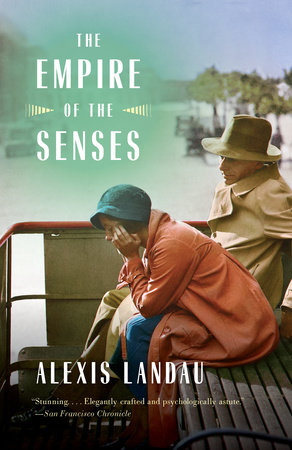
The Empire of the Senses
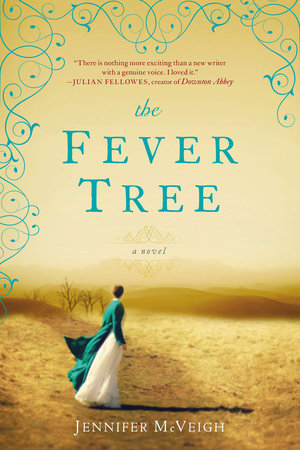
The Fever Tree
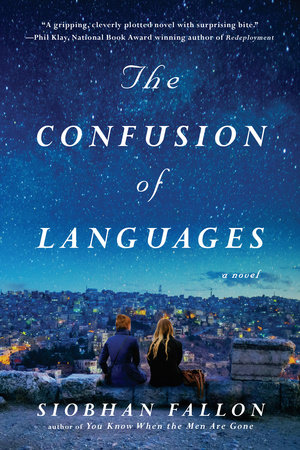
The Confusion of Languages
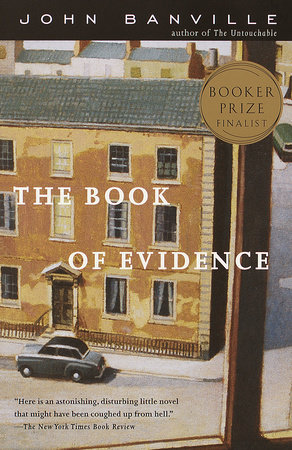
The Book of Evidence
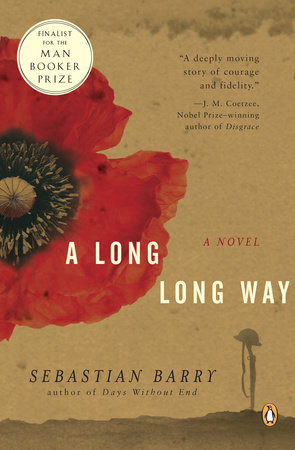
A Long Long Way
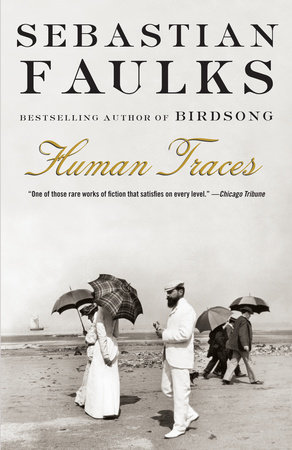
Human Traces
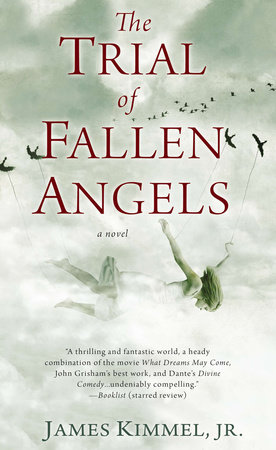
The Trial of Fallen Angels
Praise
"Intriguing. . . . Moore . . . conjure[s] the heat and light and color of this hot, beautiful land, its smells and sensual allure. A compelling and richly textured story."–The New York Times
“Moore is a wonderful writer with a sensuous style. . . . [One Last Look] takes on the quality of a feverish dream.” —The Baltimore Sun
“How marvelous is a book that educates but does not preach. . . . [A] cautionary tale for smart women . . . and dumb men . . . but the beauty of the prose and the complexity of the narrative here far outweigh any edifying messages.” —The Washington Post
“A beauitiful and powerful novel that records one woman’s experience while illuminating a world of imperial folly and colonial rapacity and stupidity.” —The Boston Globe
“Vertinginous. . . .The sense of passing through a distant, phantasmagorical place with a curious and perceptive guide, is undeniable.” —The Seattle Times
“It is the secret world of women that Moore excels at painting, a world of unspoken truths and oblique connections.” —Time Out New York
“[A] stranger, extoic, ungraspable place. . . . Moore is an extraordinarily gifted conjurer of weather, smells and sickness; riches, bliasters and bugs, her words steam directly off the page.” —Chicago Tribune
“The descriptive prose leaves one feeling the hot, dusty days and torrential monsoons….Moore’s image of saffron-tinged India will have readers pulling out their Baedeker’s and booking passage on the next ship sailing for foreign climes.” —Library Journal
“[C]aptivating…fascinating…As Eleanor writes in her diary, ‘The writing of women is always read in the hope of discovering women’s secrets’; Eleanor and her creator reveal just enough glimpses to keep readers transfixed.” —Publishers Weekly
“[R]ich, lush…and wonderfully satisfying.” —Kirkus Reviews
“[E]leanor is mesmerizing….” —Booklist
“[E]vocative…” —Harper’s Bazaar
“An enormous accomplishment–vivid and precise, evocative and alluring, reflective of impressive scholarship. . . . Moore is an extraordinarily gifted conjurer of weather, smells and sickness; riches, blisters and bugs. Her words stream directly off the page.”–The Chicago Tribune
“Splendid. . . . A rueful farewell to an age of conquest and colonization that–despite its period trappings–looks peculiarly like our own. A deeply moving story of empowerment and loss.”–O, The Oprah Magazine
“Lyrical. . . . [Filled with] lushly described landscape and coyly revealed Victorian sexual eccentricities.”–Entertainment Weekly
“What Moore has done is to squeeze out of her peppery observations a nascent feminism and a covert sexuality. She heats Eden up.” —The New York Times Book Review
“Chilling. . . . [Moore] gives Eleanor a rich interior life and a mordant humor.” —Vogue
“[Moore] excels at evoking time and place–the dresses and the narrative voice just so, the moans of the mango bird in the tree exquisitely described.”–The New Yorker
“Breathtaking. . . . An engaging, luscious read. The characters are richly drawn . . . [and] rise effortlessly from the page.” —The Oregonian
“The accomplishment of One Last Look is a gradual unfolding of sensual detail that is truly transporting.” —Los Angeles Times Book Review
“Sensual steamy prose . . . masterfully evok[es] the likely sounds, smells and sights of early-19th-century life in colonial India.” —Houston Chronicle
“It is the secret world of women that Moore excels at painting, a world of unspoken truths and oblique connections. . . . It is a measure of Moore’s skill that they never are [discovered].” —Time Out New York
21 Books You’ve Been Meaning to Read
Just for joining you’ll get personalized recommendations on your dashboard daily and features only for members.
Find Out More Join Now Sign In











